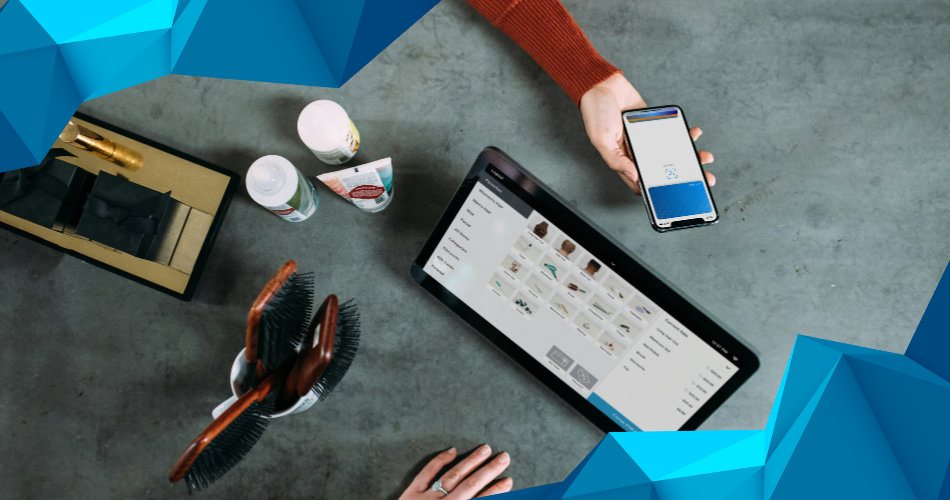
Point of Sale (POS) systems are essential tools for businesses to facilitate transactions, manage inventory, track sales, and streamline operations. They come in various types, incorporating both hardware and software components. Here’s an ultimate guide to the types of POS systems commonly used by businesses:
Traditional POS Systems
Hardware: Traditional POS systems typically consist of a stationary terminal with a monitor, cash drawer, barcode scanner, receipt printer, and a credit card reader. These components are often connected via cables.
Software: The software component includes the POS application installed on the terminal, which manages transactions, inventory, and reporting. It can be customized based on business needs and may include features like sales reporting, employee management, and customer relationship management (CRM).
Mobile POS Systems
Hardware: Mobile POS systems utilize smartphones, tablets, or other mobile devices as the primary hardware. They may include additional hardware components like card readers and receipt printers that can connect wirelessly via Bluetooth or Wi-Fi.
Software: The software for mobile POS systems is typically designed to run on iOS or Android devices. It offers similar functionality to traditional POS systems but with the flexibility of mobility. These systems are popular in industries like food trucks, pop-up shops, and delivery services.
Cloud-Based POS Systems
Hardware: Cloud-based POS systems can run on a variety of hardware devices, including desktop computers, tablets, or smartphones. They often rely on an internet connection to access data stored in the cloud.
Software: The software component of cloud-based POS systems is hosted on remote servers, accessible through a web browser or dedicated application. These systems offer real-time data syncing across multiple devices and locations, making them ideal for businesses with multiple outlets or those that require remote access to sales data.
Self-Service Kiosks
Hardware: Self-service kiosks are standalone terminals equipped with touchscreen displays, card readers, barcode scanners, and receipt printers. They allow customers to browse products, place orders, and complete transactions without the assistance of staff.
Software: The software for self-service kiosks includes a user-friendly interface that guides customers through the purchasing process. It integrates with the business’s POS system to process payments and update inventory in real-time.
Integrated POS Systems
Hardware: Integrated POS systems combine hardware components from different manufacturers to create a customized solution tailored to the business’s specific needs. For example, a business might use a touchscreen monitor from one vendor, a cash drawer from another, and a barcode scanner from yet another.
Software: The software component of integrated POS systems is typically a unified platform that integrates seamlessly with various hardware components. This allows businesses to leverage the best-in-class features from different providers while still maintaining compatibility and reliability.
Tablet-Based POS Systems
Hardware: Tablet-based POS systems utilize tablets as the primary hardware, often mounted on stands or enclosures. They may include additional peripherals such as card readers and printers.
Software: The software for tablet-based POS systems is specifically designed to run on touchscreen devices, offering an intuitive user interface optimized for ease of use and efficiency. These systems are popular in industries like restaurants, cafes, and bars, where mobility and flexibility are essential.
Enterprise POS Systems
Hardware: Enterprise POS systems are designed for large-scale businesses with complex operations and high transaction volumes. They typically include robust hardware components capable of handling heavy usage and multiple simultaneous transactions.
Software: The software component of enterprise POS systems is highly customizable and scalable, capable of supporting a wide range of features and integrations. These systems often include advanced reporting and analytics tools, as well as enterprise-level security features to protect sensitive data.
Hybrid POS Systems
Hardware: Hybrid POS systems combine elements of both traditional and modern POS systems, offering flexibility and scalability. They may include stationary terminals for in-store transactions as well as mobile devices for on-the-go sales.
Software: The software for hybrid POS systems is designed to seamlessly integrate with both stationary and mobile hardware components, providing a unified platform for managing sales, inventory, and customer data across multiple channels.
E-commerce POS Systems
Hardware: E-commerce POS systems typically consist of hardware components like computers, tablets, or smartphones equipped with internet connectivity and peripherals such as card readers and barcode scanners.
Software: The software component of e-commerce POS systems is specifically tailored for online transactions, allowing businesses to accept payments securely over the internet. These systems often integrate with e-commerce platforms and payment gateways to facilitate seamless online transactions.
Specialized POS Systems
Hardware: Specialized POS systems are tailored to specific industries or niche markets, offering features and functionality designed to meet the unique needs of those businesses. Examples include POS systems for restaurants, retail stores, salons, and healthcare providers.
Software: The software for specialized POS systems includes industry-specific features such as table management and menu customization for restaurants, inventory tracking and customer loyalty programs for retail stores, appointment scheduling and client management for salons, and electronic medical records (EMR) integration for healthcare providers.
Choosing the right POS system for your business involves considering factors such as the size and type of your business, your budget, and your specific requirements in terms of features and functionality. By understanding the different types of POS systems available, you can make an informed decision that meets your needs and helps you streamline your operations for greater efficiency and profitability.


Leave a Reply